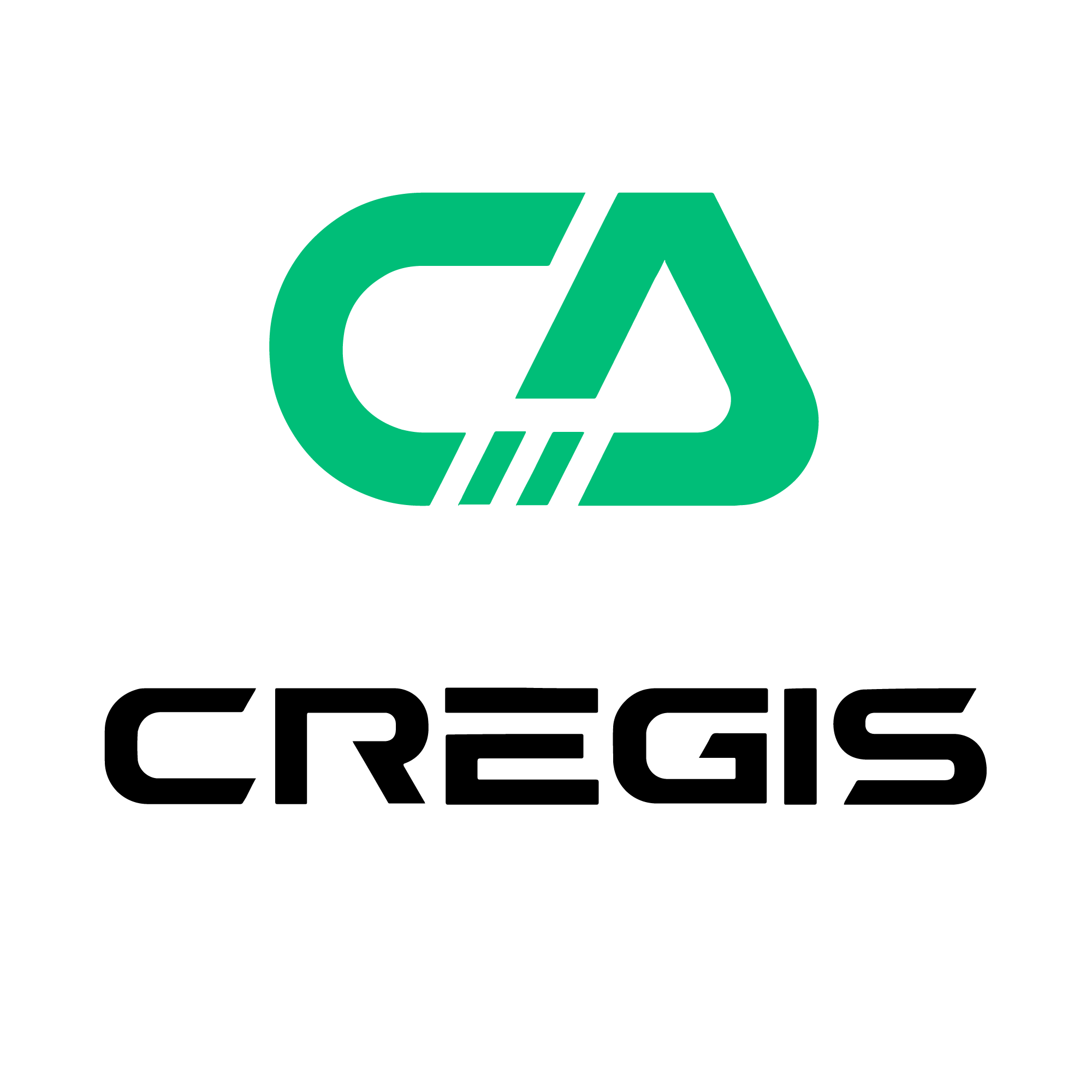Key Takeaways
- Tether (USDT) is a stablecoin pegged to the U.S. dollar, offering price stability in volatile crypto markets.
- USDT is issued by Tether Limited and backed by a mix of fiat reserves and digital assets.
- It plays a key role in crypto trading, DeFi, and global remittances.
- Tether is the largest and most widely used stablecoin by market capitalization.
Introduction to Tether (USDT)
Tether (USDT) is a type of stablecoin—a cryptocurrency designed to maintain a stable value by being pegged to a real-world asset, usually a fiat currency. In this case, it's the U.S. dollar.
Launched in 2014, Tether aims to bring the benefits of cryptocurrency—fast, borderless transactions—with the stability of fiat. It's issued by Tether Limited, a company under iFinex, which also operates the exchange Bitfinex.
As of March 2024, USDT had a market cap of nearly $99 billion, ranking third behind only Bitcoin (BTC) and Ethereum (ETH).
How Tether (USDT) Works
Pegging and Reserves
USDT maintains its $1 value by being backed by reserves that include:
- Cash and U.S. Treasury bills
- Bitcoin and other digital assets
- Precious metals
- Secured loans and miscellaneous investments
While Tether claims full backing, not all of it is in cash—some assets carry risks or are not easily redeemable.
Blockchain Compatibility
Tether is supported across multiple blockchains:
- Ethereum (ERC-20)
- TRON (TRC-20)
- Solana, Avalanche, Algorand, EOS
- Bitcoin Omni & Liquid, Kava, Polkadot
This makes USDT highly versatile and integrated into most crypto ecosystems.
Why Use Tether (USDT)?
1. Stability Without a Bank
Unlike Bitcoin or Ethereum, USDT holds steady around $1, acting as a safe zone during crypto volatility.
2. Easy Crypto Conversions
Traders use USDT as a base trading pair to switch between different assets without cashing out to fiat.
3. Fast, Global Payments
Need to send money across borders? USDT enables instant, low-fee global transactions—no middlemen needed.
4. DeFi and Yield Farming
USDT is widely used in DeFi platforms for lending, borrowing, and staking to earn passive income.
A Brief History of Tether
2014 – The Beginning
Launched as RealCoin, it rebranded to Tether (USDT) and was first built on Bitcoin’s Omni Layer.
2017 – Major Hack
$31M in USDT was stolen. Tether responded with a hard fork to freeze the stolen funds.
2019 – Legal Troubles
The New York Attorney General accused Tether/Bitfinex of misusing $700M in reserves. Tether later settled, paying an $18.5M fine.
2021 – CFTC Crackdown
Tether paid a $41M fine after being found to have misrepresented reserve backing.
2022 – Terra Fallout
USDT briefly dropped to $0.96 after Terra’s UST collapsed, but quickly rebounded. Tether honored all redemption requests.
2023 – Growth and Expansion
Tether expanded into AI by acquiring Northern Data Group, appointed Paolo Ardoino as CEO, and won a lengthy court case.
Transparency and Reserves
Tether reports its reserves daily on its official website. As of March 2024:
- 84.58% in cash equivalents & short-term deposits
- 3.62% in precious metals
- 2.91% in Bitcoin
- 4.95% in secured loans
- 3.89% in other investments
Note: Tether has improved transparency, but still lacks full third-party audits, which has drawn industry criticism.
How to Buy Tether (USDT)
You can buy USDT on most popular platforms:
- Centralized Exchanges: Binance, Kraken, Coinbase, Bitfinex, CoinSpot
- Decentralized Exchanges (DEXs): Using Ethereum or TRON
- Mobile Wallets: Trust Wallet, MetaMask, Cregis Wallet
USDT is available in ERC-20, TRC-20, and other blockchain formats—choose based on fees and compatibility.
How USDT Compares to Other Stablecoins
| Stablecoin | Peg | Highlights |
| USDT | USD | High liquidity, multi-chain, widely adopted |
| USDC | USD | Fully regulated, transparent reserves |
| DAI | USD | Decentralized, backed by crypto |
| BUSD | USD | Binance-native, under regulatory review USDT leads in volume and reach, but USDC and DAI offer better transparency or decentralization. |
Is Tether Safe?
Pros:
- Highly liquid
- Widely accepted
- Maintains peg under stress
Cons:
- Past legal issues
- Reserves not 100% fiat
- Limited third-party audits
Conclusion: USDT is reliable for most use cases, but not risk-free. Diversification is key.
Final Thoughts
Tether (USDT) plays a critical role in the global crypto economy. Whether you're a trader, DeFi user, or sending remittances, USDT offers the stability of fiat with the power of blockchain.
It’s not without controversy—but it remains the most trusted stablecoin by volume, speed, and accessibility.
关于Cregis
Cregis成立于2017年,是企业级数字资产基础设施领域的全球领导者,为机构客户提供安全、可扩展且高效的管理解决方案。
为应对区块链系统碎片化和资产安全风险方面的挑战,Cregis提供基于MPC的自托管钱包、WaaS解决方案和支付引擎,打造高度整合且合规的数字资产管理平台和生态。
迄今为止,Cregis已为全球超过3,500家机构客户提供服务。为交易所、金融科技平台和Web3企业提供了安全的区块链技术接入方案。凭借多年在区块链和安全领域的成熟专业知识,Cregis助力企业加速Web3转型,把握全球数字资产发展机遇。

